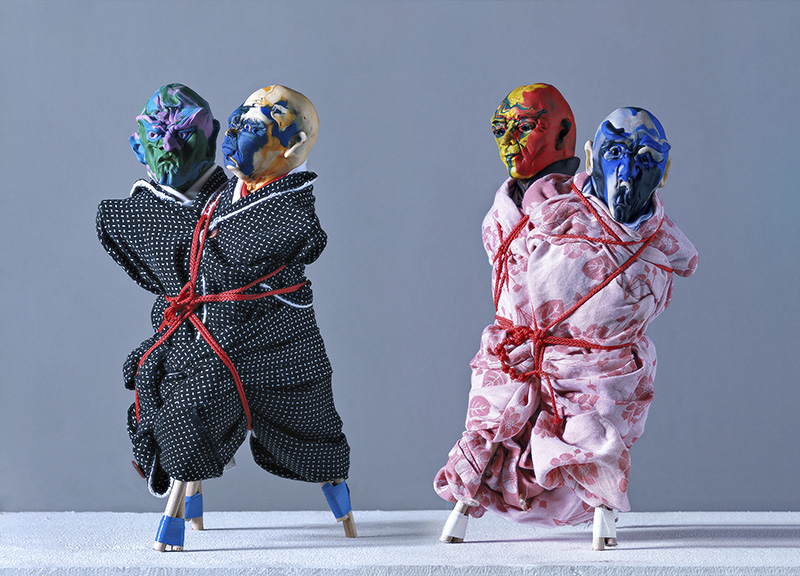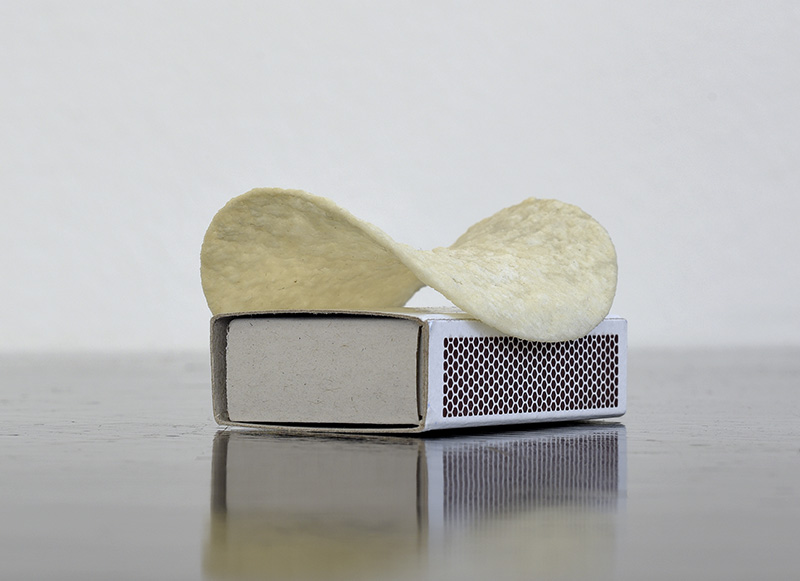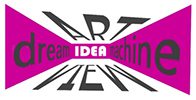ART-PRESENTATION: Thomas Schütte-United Enemies
 Thomas Schütte is best known as a sculptor, but his practice includes a wide range of media and formats. The artist describes himself as a seismograph that registers phenomena around him. His works touches on eternal questions concerning the human condition, freedom and responsibility, power and vulnerability. The intimate and personal is juxtaposed with the monumental and authoritarian.
Thomas Schütte is best known as a sculptor, but his practice includes a wide range of media and formats. The artist describes himself as a seismograph that registers phenomena around him. His works touches on eternal questions concerning the human condition, freedom and responsibility, power and vulnerability. The intimate and personal is juxtaposed with the monumental and authoritarian.
By Dimitris Lempesis
Photo: Moderna Museet Archive.
The exhibition “Thomas Schütte: United Enemies” at Moderna Museet in Stockholm, takes the artist’s sculptural works from the past two decades as its starting point. Schütte’s figurative sculptures merge the public scene with the private sphere. Frequently alternating between different scales and materials, he combines small plasticine creatures with giants cast in bronze. Fragmentary figures in steel and aluminium are presented alongside glass sculptures, prints, watercolours and architectural models. The exhibition title, “United Enemies”, refers to the works where Schütte has tied two figures together. The figures are each other’s prisoners or united enemies. Thomas Schütte has built a repertoire of motifs, shapes and themes that he recycles and develops. The central works in the exhibition, “United Enemies” (2011) originate in an eponymous series on a considerably smaller scale, created nearly 20 years earlier. Several of the works shown here seem related to these smaller works, including the early installation “With Tears in My Ears” (1989), “Wichte” (2006), and the four “Fratelli” busts (2012). Other works of the exhibition are: “Skizzen zum Projekt Groβes Theater” (1980), “Bronzefrau Nr. 7” (2001), “Efficiency Men” (2005), “Woodcuts” (2011), “Walser Drawings” (2011-12), “Krieger” (2012), and “Glaskopf” (2013), along with sculptures from two entirely new ceramic groups, “Groβe Doppelköpfe” (2015) and “Gartenzwerge” (2015-16). Architectural models of various kinds have a key role in Thomas Schütte’s body of work. He has, for instance, built a model of a museum, with enormous chimneys that give it the appearance of an art crematorium, and designed his own fictive tombstone in the form of a monumental bus shelter. Drawings of models from the period 1980-2006 are collected in the print portfolio “Architektur Modelle” (2006). Several of these models reveal how Schütte allows the materials to shape the design, as in “One Man Houses” (2003-05), in which Schütte combines parts of an industrially produced ventilation system to form buildings, or as in “Pringles” (2011), where a potato crisp placed on a matchbox is an early version of the building Skulpturenhalle.
Info: Curator: Matilda Olof-Ors, Moderna Museet, Skeppsholmen, Stockholm, Duration: 8/10/16-15/1/17, Days & Hours: Tue 10:00-20:00, Wed-Thu 10:00-18:00, Sat-Sun 11:00-17:00, www.modernamuseet.se



